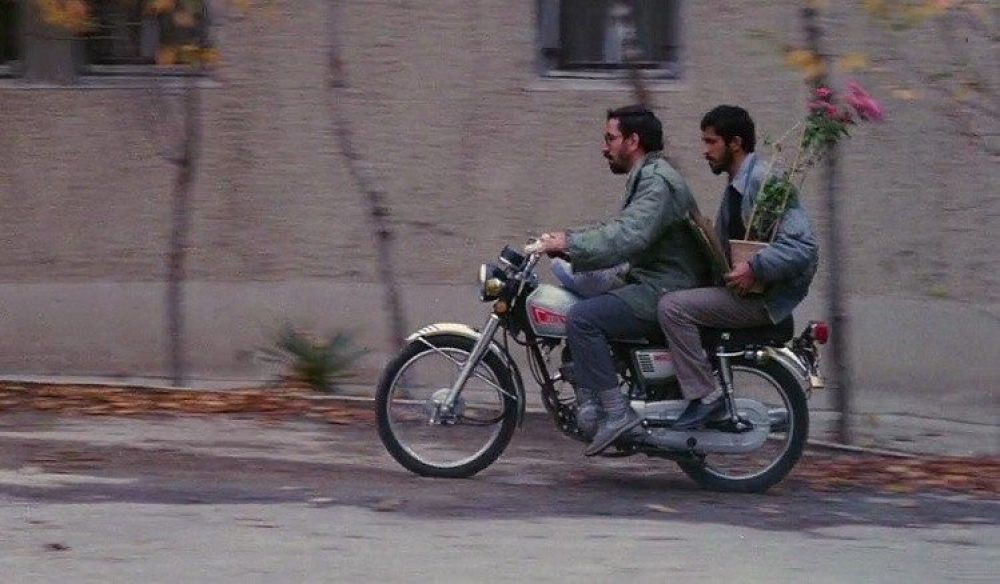I came away from The Cow with an ambivalent impression of modernity. I first noticed modernity’s presence in the character of the chief, whom I see as being representative of the village as a whole. Much like his counterpart in The Grocer and the Chief, He sees himself becoming impotent in the face of modernity. The interactions with Saffan’s son and his ceding of authority to Eslam in the Hassan case both represent this loss of power and control. This change is not presented in any negative light. The chief willingly gives over authority to Eslam and everyone seems to agree he is the best man for the job. The Eslam-Hassan dynamic became for me symbolic of the local modernist attempting to pull his compatriots into modernity.
If we take Kapuscinski’s claim that Iranians under the Shah retreated into premodern tradition as a place to “seek shelter” (K, 113), we might take Hassan as undergoing similar psychological trauma with the death of his cow, especially if the Bolouris are thought of as representing the Shah’s regime. Iranians watching The Cow in Tehran would know the feeling of anxiety about losing everything at any moment which induces Hassan to sleep with his cow for fear of the Bolouris. His psychotic break and retreat into animalism would likely garner some sympathy among viewers. However, Hassan’s condition is also wild and terrifying, the dark scenes in the cow shed at once provoke sympathy and disgust.
Eslam, meanwhile, seems to embody local modernist thinkers, who both harbor deep faith in the source of modernity (i.e. the city) but also empathize with their compatriots and see them as modern individuals. Eslam’s continual entreaties to Hassan to remember his name and identity as an individual reflect this. But there is ambivalence around Eslam. In the scene when he whips Hassan, the film shows the temptation Eslam feels to view Hassan as beneath him or even subhuman. There seems to be both support for modernist thinkers and concern.

